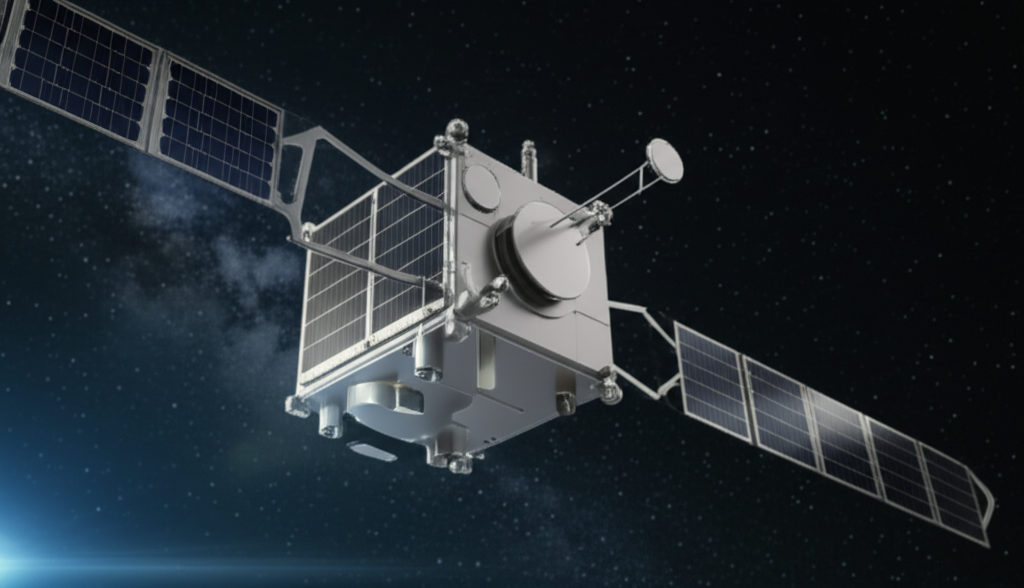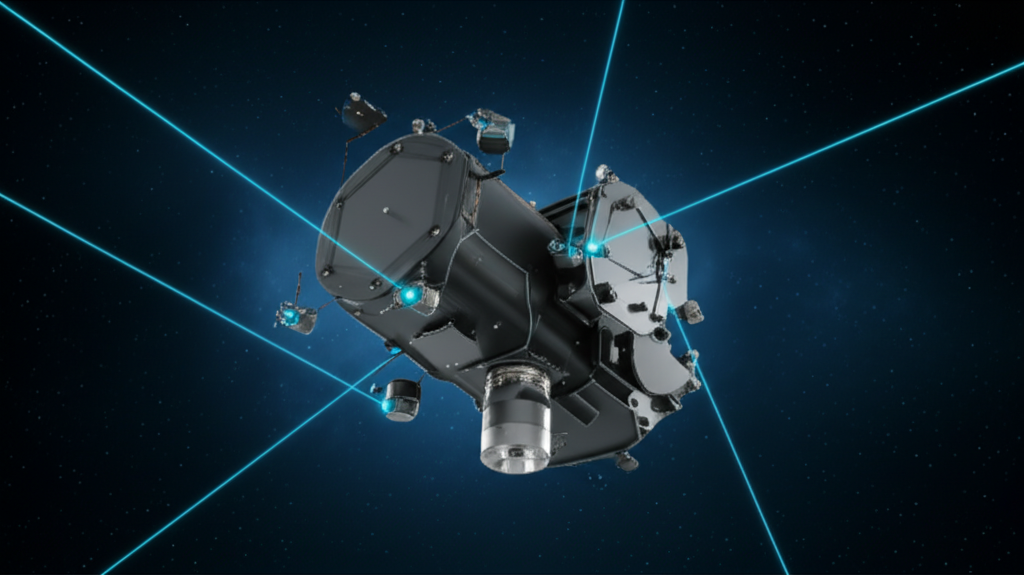
Communication Systems for CubeSats
Effective communication is vital for any CubeSat mission. This tutorial covers the fundamentals of CubeSat communication systems, including choosing appropriate frequency bands (UHF, VHF, S-band), different types of antennas (dipole, patch, helical), calculating link budgets, understanding data rates, modulation schemes, and the basics of setting up or using ground station networks.
Watch the Tutorial
Tutorial Content
The Communication Link
A CubeSat's communication system is its lifeline to Earth. It's responsible for sending health data (telemetry), transmitting mission data (payload data), and receiving commands from a ground station.
Core Concepts
Frequency Bands
Student and amateur missions commonly use VHF (for uplink) and UHF (for downlink) bands. For higher data rates, S-band is often used, but requires more complex hardware.
Antenna Types
Simple wire or tape-measure dipole antennas are common. For higher gain, deployable patch or helical antennas might be used. The choice depends on data rate needs and size constraints.
Link Budget Calculation
This is a critical analysis that calculates all the gains and losses in the communication link (e.g., transmitter power, antenna gain, path loss, atmospheric loss) to determine if the signal received at the ground station will be strong enough to decode.
The Ground Segment
This includes the ground station with its antennas and radios. Networks like SatNOGS (Satellite Networked Open Ground Station) provide a global, open-source network of ground stations that can be used by CubeSat missions.

